Seattle City Council stands ready to approve a plan to increase the city’s combined water, sewer, waste and drainage rates for residents by more than 20% by 2026.
The plan is that the monthly cost of a typical home would be $ 275 versus $ 223 this year, and the monthly cost of a typical home would be $ 155 versus $ 127. The monthly cost for a small business would increase by $ 200 to $ 1,319.
For many residents, every dollar is important. Still, Seattle Public Utilities, which is providing the services and developing the “strategic business plan” for 2021-26, says it would propose higher rate hikes if it couldn’t find ways to cut spending and save money in various ways.
The SPU’s previous six-year plan for 2017-23 saw an average annual increase of 5.2%, while the most recent plan saw an increase of 4.2%, SPU director general Mami Hara told the council’s utility committee last month. The committee will vote on the new plan on Wednesday.
“We have cut our proposed tariff significantly,” while adding more customers to a program that gives income-earning households a 50% discount and has increased the number of enrollments from 25,000 to 30,000 since 2019, Hara said.
Water, sewage and solid waste are billed every two months, while drainage is paid for through property taxes. Although SPU and Seattle City Light (which provides electricity) are part of the city government, they are run as independent entities financed almost entirely by their interest payers. The SPU develops a new six-year plan every few years. The Council cemented the actual rates annually through legislation.
According to SPU, the average annual increases currently under review are required to cover a range of assembly costs, including:
- Major capital projects that must be completed to meet environmental requirements and regulations, such as a rainwater treatment station in South Park and a $ 570 million sewage and rainwater storage tunnel under construction along the Lake Washington Ship Canal.
- Maintenance work on the underground pipes of the SPU, many of which are more than 80 years old.
- King County’s Wastewater Treatment Rate Increase. SPU concludes contracts for wastewater treatment with the district.
- Regular inflation averages 2.6% per year, and labor, health and construction costs are expected to rise at rates above regular inflation.
- Seattle utility taxes, which will flow into the city’s general fund, are expected to cost the SPU about $ 123 million this year.
Many residents have struggled to pay their SPU bills since the pandemic hit the city. SPU had 8,200 criminal customer accounts with amounts overdue totaling around $ 7 million in March, up from 4,500 accounts and around $ 2.1 million in March 2020.
But $ 7 million isn’t much compared to SPU’s $ 1.4 billion budget. Criminal accounts are therefore not a major driver of the proposed rate hikes. The city suspended customer closings and interest payments during the COVID-19 crisis.

The pandemic has changed the way people in Seattle use water and produce solid waste. Last year, water consumption increased by 6% in single-family homes and by 12% in other buildings. Houses generated 15% more waste than in 2019, while other buildings generated 22% less, according to the SPU.
These changes have cost SPU revenue, but like customer debt, not much relative to other expenses.
Get help with your utility bills
Seattle’s Utility Discount program is available to qualified households
The Utility Discount Program provides billing assistance to certain customers. If your household income is at or below 70% of the state median, the program will help you keep electricity payments up to date by offering approximately a 60% discount on your Seattle City Light bills and a 50% discount Your Seattle Public offers utility bills. You can apply online here and contact the program at 206-684-0268 to apply offline.
When SPU last unveiled a six-year plan in 2017, a customer evaluation panel and some local residents raised concerns about affordability and transparency.
They said the rate hikes proposed at the time were hard to bear in a city where rents and other costs were escalating. They also examined the $ 201 million SPU work related to Move Seattle transportation projects, as most voters believed the $ 930 million levy approved in 2015 removed all expenses associated with those projects would cover.
The Customer Evaluation Panel, a voluntary group of local residents and industry experts advising City Hall, recommended changes to the plan for 2017 and prompted the council to slightly reduce the rate increases proposed by the SPU.
This time around, the members of the customer evaluation panel are relatively satisfied with SPU. The organization is thoughtful and the sewer tunnel project is on budget, as they noted in a letter to the council in February.
Sewage and rainwater in older parts of the city drain through the same pipes, and the mixture flows into the ship’s canal during storms. The tunnel will keep nearly 60 million gallons off the waterway each year and will help Seattle comply with a 2013 consent form with the U.S. Environmental Protection Agency and the Washington State Department of Ecology.
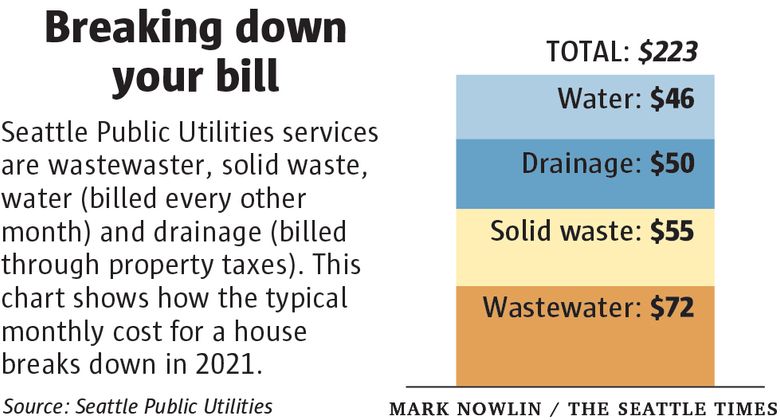
“We support the plan and support its adoption as presented,” wrote the customer evaluation panel members in their letter, adding, “SPU’s commitment to lowering prices is admirable and should continue to be a priority.”
To minimize costs in recent years, the SPU has provided federal and state funding for capital projects, including adding $ 66 million to the tunnel project.
Following a recommendation from council member Lisa Herbold and her colleagues in 2017, the organization has also started to change the budget. Instead of continuing to assume that projects will be 100% on time, which was rarely realistic, SPU introduced a 97.5% performance metric to help reduce cash needs in the short term. Going forward, the company plans to use an 85% to 90% metric that could save 222 million SPU between 2021 and 2026.
Meanwhile, the SPU has saved money by keeping vacancies and coordinating maintenance with other agencies and building healthy cash reserves, according to a memo from the city’s budget director.
The Client Assessment Panel has some lingering concerns, noting that the SPU has minimized the proposed rate hikes by partially planning to spend its newly acquired cash reserves and driving the costs forward.
The organization’s new budget assumptions make more sense, but delays in some projects will cost interest payers in the long term, the panel said, describing the SPU’s challenge as a balancing act.
The council’s utility committee could seek to reduce the proposed rate increases by further lowering the SPU’s project delivery metric or lowering the utility taxes that the city charges the organization.
“Everyone has to pay these bills, which are inherently regressive,” said councilor Alex Pedersen, chairman of the committee, as less affluent households spend more of their income on utilities.
SPU has compiled survey data, interviewed “several dozen” business owners and residents from underrepresented communities, and conducted a brief survey of “internal and external partners,” according to the customer evaluation panel.
Instead of sending postcards to let customers know of the potential price hikes, as SPU did in 2017 at Herbold’s urging, the organization ran a digital and social media campaign that alerted people to a dedicated website about their plan, spokeswoman Sabrina Register said . The campaign involved partnerships with media outlets, including ethnic media, and generated 10,000 website views, Register said. The proposed rate increases were not prominently displayed on the website.
The Pedersen Committee held two remote meetings on the subject last month. Zero residents called to comment on the rate hikes.
In 2017, the city council asked the SPU to bill developers for the right to connect their new buildings to the sewer and sewage system, as is the case in many other cities. The customer evaluation panel had described SPU’s lack of such fees as a missed opportunity amid a construction boom.
The SPU investigated the problem but declined to proceed after consulting Mayor Jenny Durkan’s office. The charges “would have a negative impact on affordable housing in Seattle,” said a spokesman.
Daniel Beekman:
206-464-2164 or dbeekman@seattletimes.com; on Twitter: @dbeekman. Daniel Beekman, Seattle Times staff reporter, covers the Seattle city government and local politics.
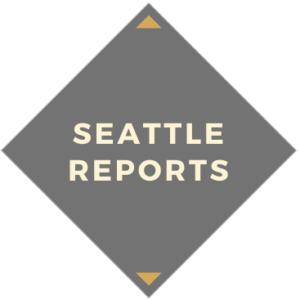

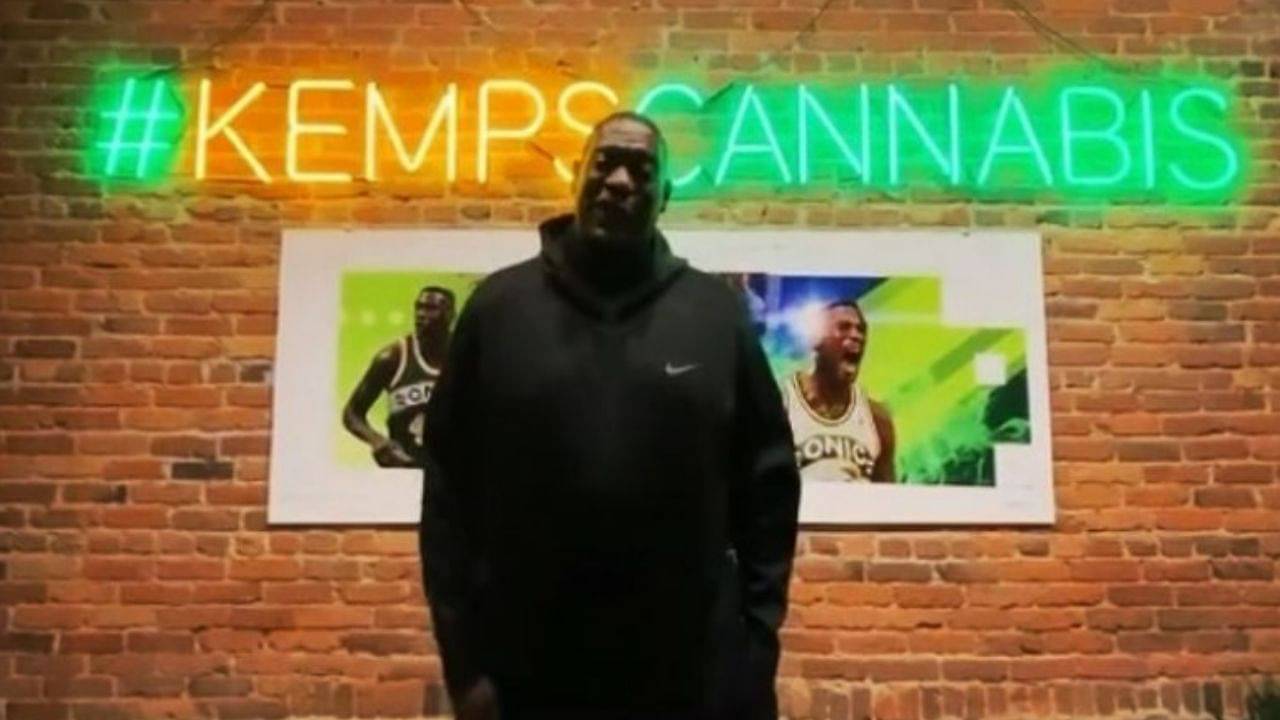




:quality(70)/cloudfront-us-east-1.images.arcpublishing.com/cmg/BPEI2QQ76SHPPOW6X6A6WHEGX4.jpg)
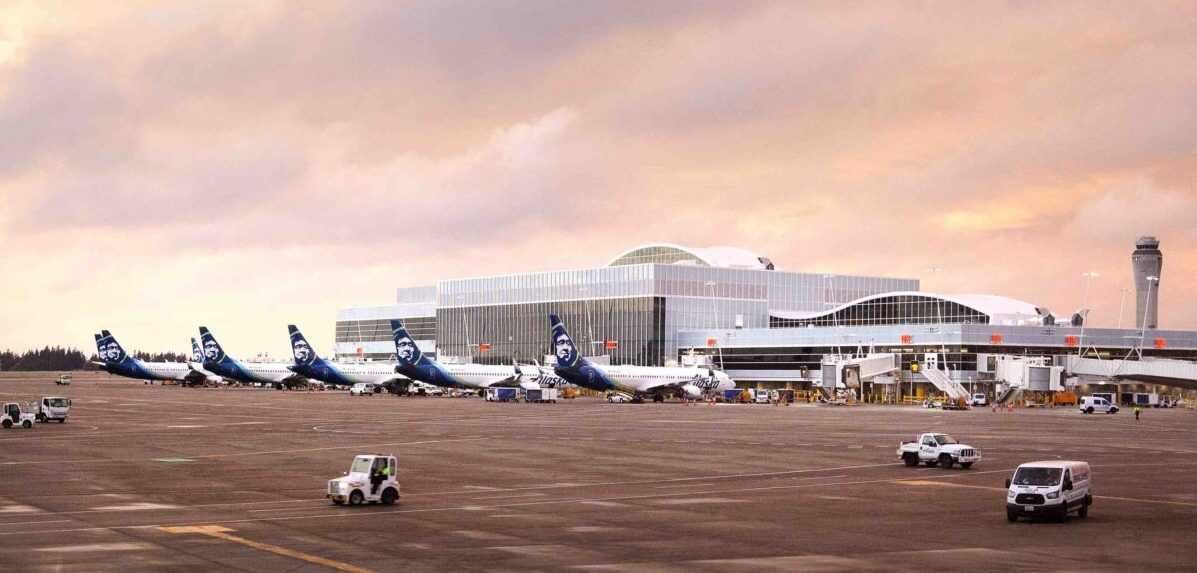

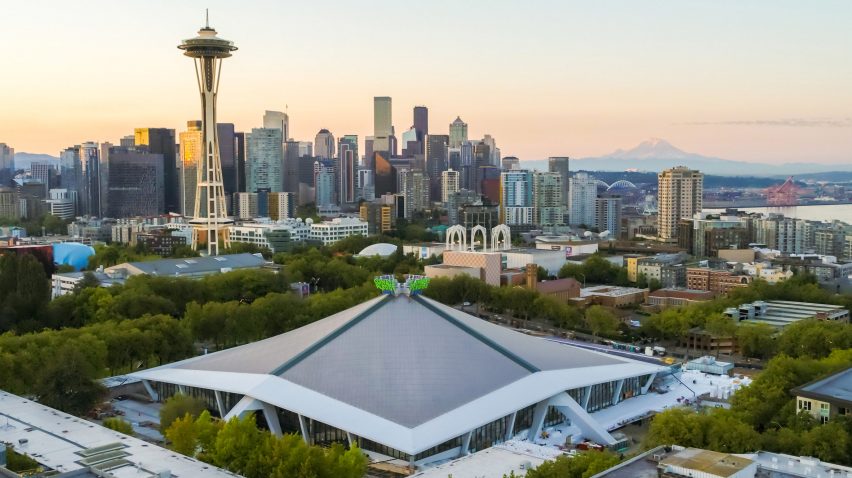

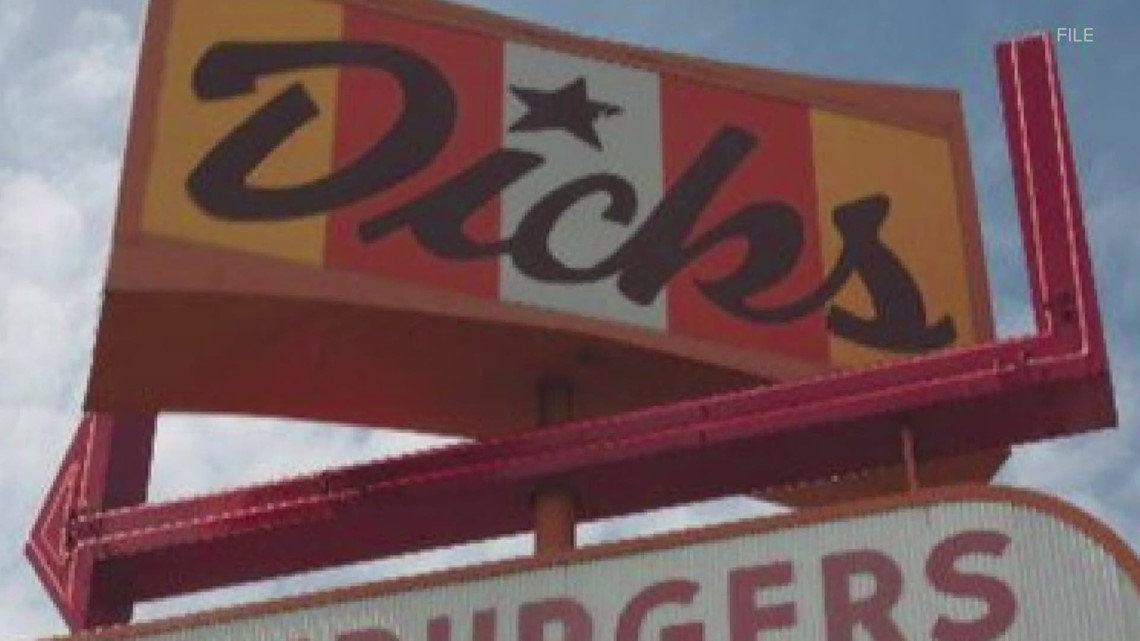

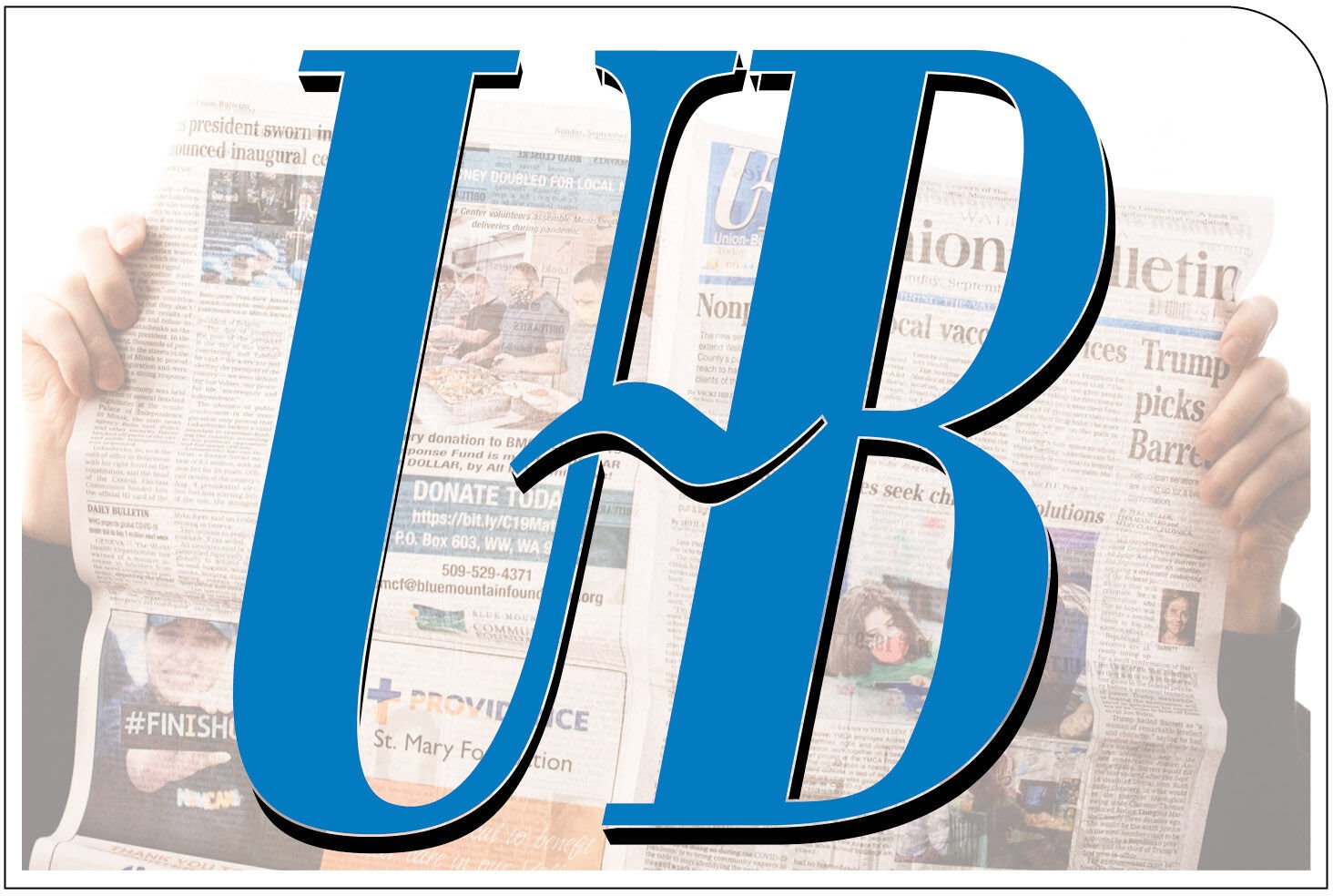









:quality(70)/cloudfront-us-east-1.images.arcpublishing.com/cmg/GLQND2AXQQO2G4O6Q7SICYRJ4A.jpg)




